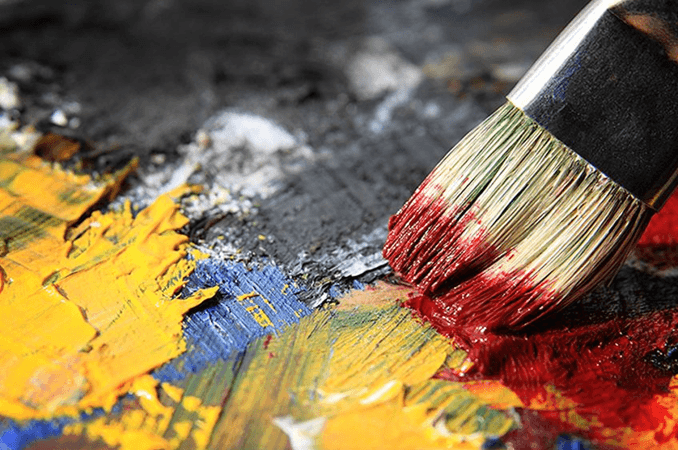Oil painting is a popular medium among artists due to its rich color, smooth blending, and depth. However, one of the most common challenges artists face is the drying time of oil paint. Unlike acrylics or watercolors, oil paint dries slowly, making it both a blessing and a challenge for painters. In this post, we will explore the factors that affect the drying time of oil paint and how to speed up or slow down the process.
Factors Affecting the Drying Time of Oil Paint
1. Type of Oil Used
Oil paints contain different types of oils, which impact their drying time:
- Linseed oil: Dries the fastest (around 24-48 hours for thin layers).
- Walnut oil: Slower drying than linseed oil.
- Safflower oil: Slower drying, often used in whites and light colors.
- Poppy seed oil: The slowest drying, often used for soft blending.
2. Thickness of the Paint Layer
Thin layers of oil paint (like a glaze) can dry within a few days, whereas thick impasto layers may take weeks or even months to dry completely.
3. Pigments and Colors
Different pigments dry at different rates. For example:
- Earth tones (such as burnt umber and raw sienna) dry faster.
- Whites and blues (like titanium white and ultramarine blue) dry slower.
4. Humidity and Temperature
Oil paint dries through oxidation, not evaporation. A warm, dry environment speeds up drying, while a cold, damp climate slows it down.
5. Use of Mediums and Solvents
- Oil-based mediums (like stand oil) slow drying.
- Solvents (such as turpentine or mineral spirits) help thin paint and speed up drying.
- Alkyd mediums (like Liquin) significantly reduce drying time.
Typical Drying Time of Oil Paint
- Touch dry: 1-2 days (for thin layers, depending on pigment and medium).
- Partially dry: 1-2 weeks (can be carefully worked on).
- Fully dry for varnishing: 6 months to a year (for thick layers).
Tips to Speed Up Drying
- Use fast-drying colors and thin layers.
- Add alkyd mediums like Liquin or Galkyd.
- Work in a warm, well-ventilated room.
- Use a drying box with mild heat and airflow.
Final Thoughts
Oil paint drying time varies based on multiple factors, but with the right techniques, you can control it to suit your needs. Whether you prefer quick drying for layering or slow drying for blending, understanding these factors will help you achieve the best results in your oil paintings.


